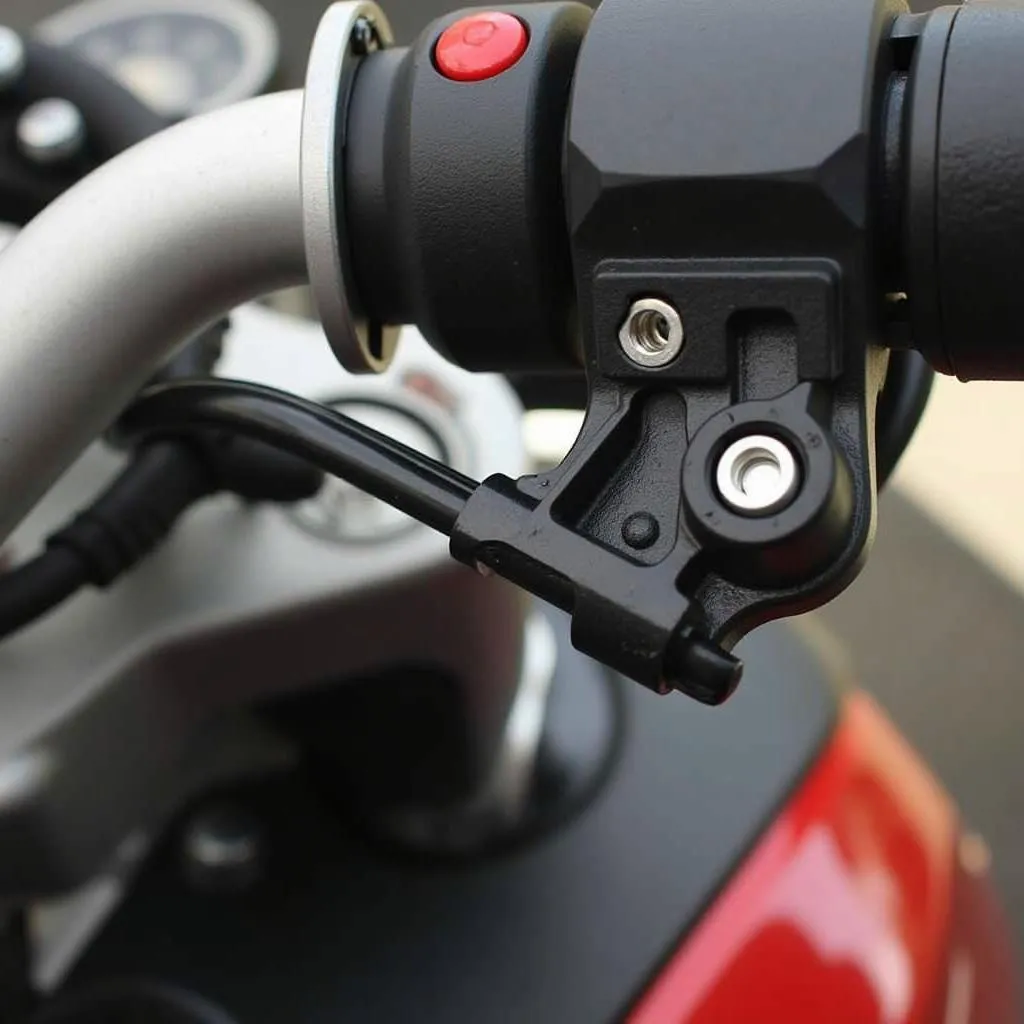Understanding your car’s dashboard can feel like deciphering a secret code. Among the array of symbols, seat warning lights often cause confusion. What do they signify? From airbag malfunctions to seatbelt reminders, these illuminated icons communicate crucial information about your safety and the functionality of your vehicle’s restraint systems. Ignoring them could compromise your well-being. This comprehensive guide dives into the various seat warning lights, their meanings, and how to address the underlying issues.
Decoding the Seatbelt Warning Light
The most common seat warning light is the seatbelt reminder. This light, typically an image of a person with a seatbelt across their chest, illuminates when the driver or passenger hasn’t fastened their seatbelt. Modern vehicles often enhance this visual cue with an audible chime, becoming increasingly insistent as the car gains speed. This light serves as a vital reminder to buckle up, ensuring you’re protected in the event of a collision. While the specifics might vary slightly between car manufacturers, the core message remains consistent: fasten your seatbelt for safety.
Understanding the Airbag Warning Light
Another critical seat warning light relates to the airbag system. This light, often depicted as a seated figure with a deployed airbag, indicates a potential problem with the Supplemental Restraint System (SRS). This system encompasses airbags, seatbelt pretensioners, and other safety components. An illuminated airbag light can signal anything from a faulty sensor to a disconnected wiring harness or even a deployed airbag module. Because the SRS is critical for occupant safety, a persistent airbag warning light demands immediate professional attention.
What Does a Flashing Seat Warning Light Indicate?
A flashing seat warning light typically signals a more urgent issue. While a steady light may indicate a minor malfunction or a reminder, a flashing light suggests a more serious problem that requires immediate attention. This could be a critical airbag system fault, a malfunctioning seatbelt pretensioner, or another safety-related issue. Never ignore a flashing seat warning light. It’s crucial to have your vehicle diagnosed by a qualified technician as soon as possible.
Addressing Seat Warning Light Issues: DIY vs. Professional Help
Some seat warning light issues, like a loose seatbelt connection, can be easily resolved with a simple check and adjustment. However, issues involving the airbag system are complex and potentially dangerous to address without proper training and equipment. Attempting DIY repairs on the SRS can inadvertently trigger airbag deployment, resulting in injury or further damage. Therefore, it’s highly recommended to consult a qualified automotive technician for diagnosis and repair of any airbag-related warning lights.
Common Causes of Seat Warning Lights
Several factors can trigger seat warning lights. Loose wiring beneath the seats is a common culprit, often caused by shifting cargo or adjustments to the seat position. Faulty sensors within the seat or the seatbelt assembly can also trigger warning lights. Additionally, damage to the wiring harness due to accidents or wear and tear can lead to illumination of these warning lights.
“Ignoring seat warning lights is like ignoring a smoke alarm,” says John Smith, Senior Automotive Diagnostic Technician at Advanced Auto Solutions. “They’re designed to alert you to potential safety hazards. Addressing them promptly is crucial for ensuring your safety and the proper functioning of your vehicle’s restraint systems.”
Advanced Diagnostic Techniques: Remote Software Solutions
Modern vehicles are increasingly reliant on sophisticated software. This opens up opportunities for advanced diagnostic and repair techniques, including remote software solutions. Skilled technicians can now access a vehicle’s systems remotely to diagnose issues and even install software updates to address certain problems. This can be a quicker and more convenient solution for some seat warning light issues, especially those related to software glitches or communication errors within the vehicle’s network.
Conclusion
Understanding what your seat warning lights mean is vital for maintaining the safety and functionality of your vehicle. While a simple seatbelt reminder is easily addressed, more complex issues, particularly those related to the airbag system, require professional attention. Never ignore these warning signs. By addressing them promptly, you ensure your safety and the proper function of your vehicle’s vital safety systems. Remember, a little attention to these warning lights can make a big difference in protecting you and your passengers.
“Regular maintenance and prompt attention to warning lights are essential for maintaining the integrity of your vehicle’s safety systems,” adds Maria Garcia, Lead Automotive Safety Systems Engineer at SafeRide Technologies. “Don’t wait for a small problem to escalate into a major safety concern.”
FAQ
-
What should I do if my airbag warning light stays on? Immediately seek professional diagnosis from a qualified automotive technician.
-
Can I reset the seatbelt warning light myself? Yes, typically by fastening the seatbelt. However, if the light persists, there might be a deeper issue.
-
How often should I have my car’s safety systems checked? It’s recommended to have your vehicle’s safety systems inspected at least once a year or as part of your regular maintenance schedule.
-
Is it safe to drive with the airbag warning light on? While you can still drive, the airbag system may not function properly in a collision. It’s crucial to have it checked immediately.
-
What could cause a flashing seat warning light? A flashing light typically signals a more serious issue within the restraint system, requiring immediate professional attention.
-
Are remote diagnostics reliable for seat warning light issues? Remote diagnostics can be effective for certain software-related issues, but physical inspection is often necessary for a complete diagnosis.
-
How can I prevent seat warning light issues? Regular maintenance, careful handling of wiring under seats, and avoiding impact to the seat area can help prevent problems.


